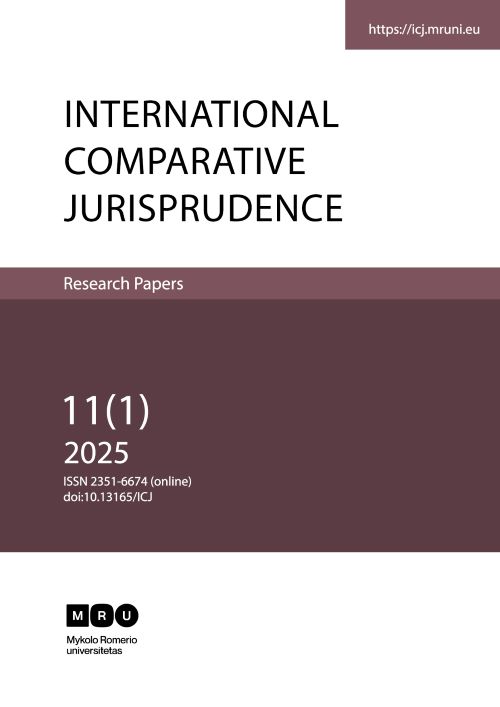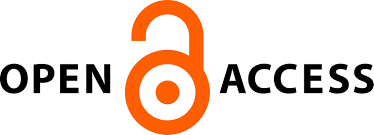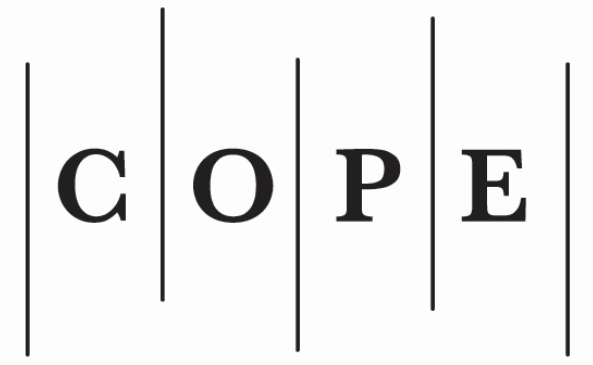THE SEMANTICS OF LEGAL INTERPRETATION
##plugins.themes.bootstrap3.article.main##
Abstract
The interpretation of legal texts is a complex and critical task, requiring an in-depth understanding of both language and law. This paper delves into the application of key semantic theories—referential theory, descriptive theory, use theory, speech act theory, verification theory, and truth-conditional theory—to enhance the precision and clarity of legal interpretation. Each of these theories offers distinct insights into how meaning is constructed, communicated, and understood within legal contexts. By examining the nuances of these approaches, the paper explores how they intersect with prominent legal interpretative theories, such as textualism, originalism, purposivism, and pragmatism, to guide legal interpreters in making more informed decisions. Textualism benefits from the direct, meaning-focused referential theory, while originalism is enriched by the historical depth of descriptive theory. Use theory and speech act theory shed light on the practical and performative aspects of legal language, providing new tools for purposivism and pragmatism. Verification and truth-conditional theories further contribute by ensuring logical coherence and truth alignment in legal interpretation. Ultimately, the paper demonstrates how semantic theories can deepen our understanding of legal texts and enhance the interpretive process, leading to fairer and more consistent legal outcomes. This interdisciplinary approach opens new pathways for bridging the gap between law and language, ensuring that legal interpretation remains rigorous, adaptable, and aligned with both the intent of the law and societal needs.
Keywords: Semantic Theories, Legal Interpretation, Referential Theory, Descriptive Theory, Use Theory, Speech Act Theory, Verification Theory, Truth-Conditional Theory.
##plugins.themes.bootstrap3.article.details##
Authors contributing to International Comparative Jurisprudence agree to publish their articles under a Creative Commons Attribution 4.0 International Public (CC BY) License.![]()


 https://orcid.org/0009-0006-4291-9463
https://orcid.org/0009-0006-4291-9463





